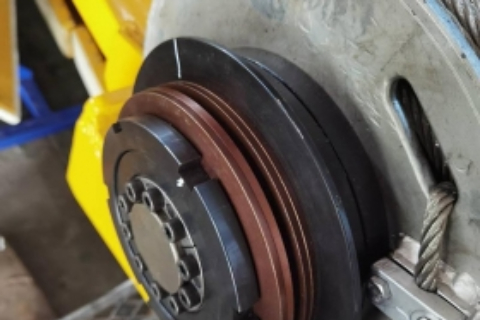
Can The Torque Limiter Limit Forward And Reverse Directions?
2024-01-02 15:00Most torque limiters provide two-way protection. Theoretically, the forward and reverse protection torque values (overload slip torque) are the same. However, there are also types of torque-limiting systems that can provide overload protection in one direction but not overload in the other direction or have different overload torques (large or small). For example, a torque limiting clutch can overload and slip in one direction, while the other direction is equivalent to a rigid connection. When the torque transmitted in this direction increases, the separation action cannot be achieved. Alternatively, the sliding torque values (separation torque values) in the two directions of the overload coupling are different, but the torque values in the two directions are also a function of the relationship.
If the forward and reverse torque values of the torque limiter couplings are the same (most of the markets on the market are theoretically like this. In fact, there will be slight errors in processing, which are generally negligible), then the forward and reverse torques are the same. After disengagement, the torque limiter cannot reset and drive the transmission components through reversal with the same torque.
If the torque-limiting system can disengage and slip when rotated forward, it cannot be overloaded when rotated reversely. In the above situation, after the overload coupling is disengaged from the overload, it is obvious that reverse rotation can drive the load to rotate.
If the forward and reverse release torque values of the torque-limiting systems are larger and smaller, then the reverse release torque value must be greater than the forward release torque value, so that the same torque can be reversed after the forward overload is released. The torque limiter can only drive the load during cornering. Please note that this is only possible. It is not because the reverse separation torque of the torque limiting clutch is greater than the forward direction that the load can be driven in the reverse direction. At this time, it depends on whether the "same torque" refers to a torque value greater than the reverse separation torque value. If it is greater than the reverse release torque value, it is still not loaded. If it is less than the reverse release torque value, it can be driven.
The above descriptions are all about the automatic reset of the overload coupling. In the case of manual reset, the limiter needs to be reset manually.

